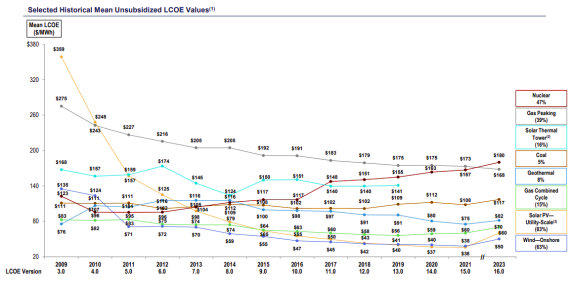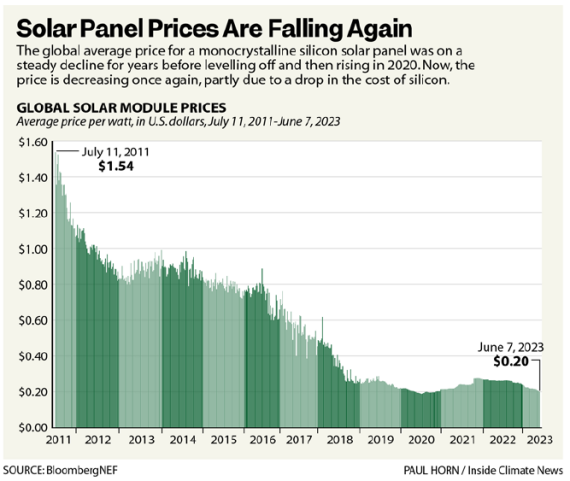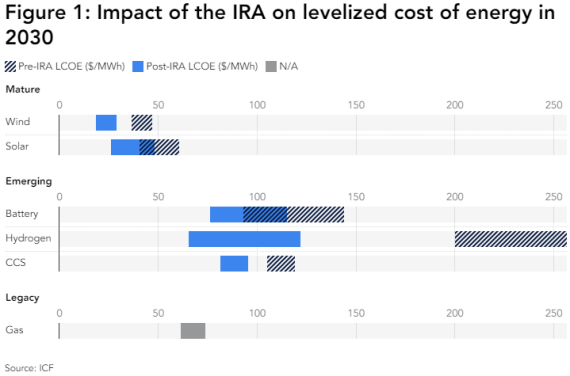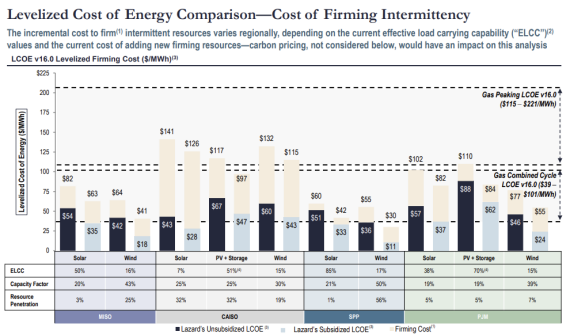 Arguments
Arguments
 Software
Software
 Resources
Comments
Resources
Comments
 The Consensus Project
The Consensus Project
 Translations
Translations
 About
Support
About
Support


Latest Posts
- Skeptical Science New Research for Week #14 2025
- Two-part webinar about the scientific consensus on human-caused global warming
- Sabin 33 #22 - How does waste from wind turbines compare to waste from fossil fuel use?
- Clean energy generates major economic benefits, especially in red states
- 2025 SkS Weekly Climate Change & Global Warming News Roundup #13
- Skeptical Science New Research for Week #13 2025
- Climate skeptics have new favorite graph; it shows the opposite of what they claim
- Sabin 33 #21 - How does production of wind turbine components compare with burning fossil fuels?
- China will need 10,000GW of wind and solar by 2060
- 2025 SkS Weekly Climate Change & Global Warming News Roundup #12
- Skeptical Science New Research for Week #12 2025
- Climate Fresk - a neat way to make the complexity of climate change less puzzling
- Sabin 33 #20 - Is offshore wind development harmful to whales and other marine life?
- Do Americans really want urban sprawl?
- 2025 SkS Weekly Climate Change & Global Warming News Roundup #11
- Fact brief - Is waste heat from industrial activity the reason the planet is warming?
- Skeptical Science New Research for Week #11 2025
- Visualizing daily global temperatures
- Sabin 33 #19 - Are wind turbines a major threat to wildlife?
- The National Hurricane Center set an all-time record for forecast accuracy in 2024
- 2025 SkS Weekly Climate Change & Global Warming News Roundup #10
- Fact brief - Is Greenland losing land ice?
- The Cranky Uncle game can now be played in 16 languages!
- Skeptical Science New Research for Week #10 2025
- Climate Adam: Protecting our Planet from President Trump
- Sabin 33 #18 - Can shadow flicker from wind turbines trigger seizures in people with epilepsy?
- Cuts to U.S. weather and climate research could put public safety at risk
- 2025 SkS Weekly Climate Change & Global Warming News Roundup #09
- Fact brief - Are high CO2 levels harmless because they also occurred in the past?
- Skeptical Science New Research for Week #9 2025
Archived Rebuttal
This is the archived Intermediate rebuttal to the climate myth "Solar energy is more expensive than fossil fuels and completely dependent on subsidies". Click here to view the latest rebuttal.
What the science says...
|
Unsubsidized solar energy is now generally cheaper than fossil fuels and according to the International Energy Agency, solar PV is “the cheapest source of new electricity generation in most parts of the world." |
Unsubsidized solar energy is now generally cheaper than fossil fuels. According to the International Energy Agency’s 2020 World Energy Outlook, photovoltaic solar power is “the cheapest source of new electricity generation in most parts of the world,” and “[f]or projects with low cost financing that tap high quality resources, solar PV is now the cheapest source of electricity in history1.”
Solar energy compares favorably to fossil fuels in terms of levelized cost (i.e., lifetime costs divided by lifetime energy output). According to Lazard’s April 2023 Levelized Cost of Energy Analysis, the mean unsubsidized levelized cost of utility-scale solar PV is $60/MWh2. By comparison, the mean unsubsidized levelized cost of gas combined cycle is $70/MWh, the mean unsubsidized levelized cost of coal is $117/MWh, and the mean unsubsidized levelized cost of gas peaking is $168/MWh. The figure below from Lazard shows historical mean unsubsidized LCOE values for different types of utility-scale energy generation.
Figure 1: Selected historical mean unsubsidized LCOE values. This graph reflects the average of the high and low LCOE for each technology in each year. The percentages on the right of the figure represent the decrease in average LCOE since 2009. Source: Lazard.
Lazard attributes the significant historical cost declines for utility-scale renewable energy generation to decreasing capital costs, improving technologies, and increased competition, among other factors. For solar energy, as with onshore wind energy and electric vehicle batteries, historical decreases in costs have correlated with increases in cumulative capacity and sales3. As one example of decreasing costs of solar generation, the figure below from Inside Climate News shows a roughly 90% decline in solar module prices from 2011 to 20234.
Figure 2: Solar price from 2011 to 2023. Source: BloombergNEF/Paul Horn/Inside Climate News.
In addition to the many factors reducing solar’s unsubsidized LCOE, there are substantial subsidies that will further reduce cost on a subsidized basis. In particular, the Inflation Reduction Act is predicted to reduce the subsidized LCOE for solar by 20%–35% by 20305. The figure below from ICF shows the anticipated impact of the IRA on the subsidized LCOE for solar.
Figure 3: Impact of the IRA on anticipated LCOE in 2030. Source: ICF.
Fossil fuels also receive subsidies, albeit smaller subsidies than renewable energy currently received6. In fiscal year 2022, the federal government’s tax expenditures for natural gas and petroleum subsidies were $2.1 billion.
One shortcoming of relying on levelized cost as a metric for comparing solar with natural gas and other types of legacy power plants is that levelized cost does not take into account that additional energy generation is needed to compensate for any intermittency. But even when factoring in these so-called firming costs, the subsidized and unsubsidized LCOE of stand-alone solar is lower than the levelized cost of gas peaking and cost-competitive with gas combined cycle across most of the United States7. Solar-plus-storage systems are more expensive. However, when factoring in firming costs, both the subsidized and unsubsidized LCOE of solar plus storage is generally within or below the range of LCOE for gas peaking, depending on location within the United States.
Figure 4: LCOE for wind, solar, and solar plus storage, adjusted for the cost of firming intermittency. Source: Lazard.
Footnotes:
[1] World Energy Outlook 2020, Int’l. Energy Agency, 202, 214 (2020)
[2] Levelized Cost of Energy Analysis: Version 16.0, Lazard, 9 (Apr. 2023)
[3] U.S. Global Change Research Program, Fifth National Climate Assessment at 32-29 (2023)
[4] Dan Gearino, Inexpensive Solar Panels Are Essential for the Energy Transition. Here’s What’s Happening With Prices Right Now, Inside Climate News (Jun. 15, 2023)
[5] Ian Bowen et al., How clean energy economics can benefit from the biggest climate law in US history, ICF (Sept. 16, 2022)
[6] Federal Financial Interventions and Subsidies in Energy in Fiscal Years 2016-2022, U.S. Energy Information Admin., at 3 (Aug. 2023)
[7] Lazard [2] at 8. California is the exception, where the subsidized and unsubsidized LCOE of solar exceeds that of gas combined cycle when factoring in firming costs.
This rebuttal is based on the report "Rebutting 33 False Claims About Solar, Wind, and Electric Vehicles" written by Matthew Eisenson, Jacob Elkin, Andy Fitch, Matthew Ard, Kaya Sittinger & Samuel Lavine and published by the Sabin Center for Climate Change Law at Columbia Law School in 2024. Skeptical Science sincerely appreciates Sabin Center's generosity in collaborating with us to make this information available as widely as possible.
Updated on 2024-08-31 by .
THE ESCALATOR

(free to republish)




























































